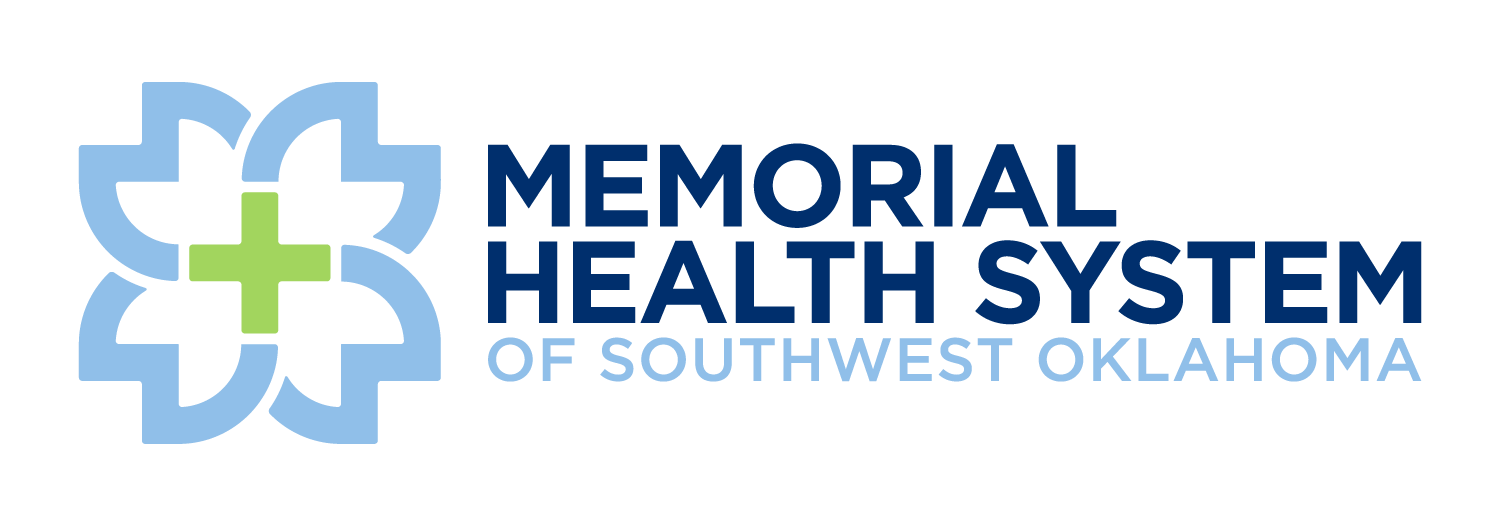During this month, you may notice pink ribbons floating around and are probably aware that October is Breast Cancer Awareness Month. Understandably, many of us will think of this as being an awareness month for women, but what about male breast cancer? Of those that develop cancer, less than 1% of cases occur in men,1 but this is still not a small number of diagnoses. This means over 2,000 men will be diagnosed with breast cancer each year, and between 400 and 500 are expected to lose their battle to the disease each year.2
Given that men rarely think to look for signs of breast cancer, it is important that during this month of awareness we take the time to inform men of the symptoms, risk factors and next steps if they believe they may have a problem.
What are the symptoms of male breast cancer?
The signs of breast cancer in men start just as the signs do in women. A man may discover a painless lump or thicker area of breast tissue. Changes to the skin covering the breast may also occur such as redness, scaling, dimpling or puckering.
Less common are changes to the nipple, including redness or scaling, or a nipple that is suddenly turning inward. There may also be discharge from the nipple.
In cancer that has spread, men may also experience breast pain or bone pain. Lymph node swelling may occur near the breast, most commonly in or near the armpit.
What risk factors increase the chances of male breast cancer?
Breast cancer is more common among older men although it can develop at any age. Receiving previous radiation treatment to the breast or chest area may increase the risk of a man developing breast cancer. Diseases linked to high levels of estrogen in the body, such as cirrhosis (liver disease) or Klinefelter syndrome (a genetic disorder) can also increase the likeliness of breast cancer development.
Most men that develop breast cancer have at least one female relative who has been diagnosed also. Some men learn that they carry the gene mutation BRCA2 after being diagnosed. If multiple cases of cancer have occured in a family, a doctor may be able to recommend family members for genetic counseling to find out if they also carry the gene mutation and assess their risk. BRCA2 is also linked to prostate cancer.
What should a man do if he sees signs of breast cancer?
Diagnosed early, the chances of being cured are positive, much like that of female breast cancer. Unfortunately, Men are often not coached to look for symptoms to the extent that women are. Many men lose their battle to breast cancer because it was simply too late, so early diagnosis and receiving clinical and genetic tests can be crucial.
Upon first noticing symptoms, men should contact their primary care physician for a physical exam. The physician may also perform a clinical breast exam (CBE). A mammogram, blood tests, ultrasound and MRI may also be ordered. If a problem is suspected, biopsies are then the next step.
When diagnosed with breast cancer, mastectomy, the removal of the breast, is more commonly recommended for men than women. Men naturally have less breast tissue causing mastectomy to sometimes be the only option. Other treatments, such as chemotherapy and radiation therapy, may be advisable.
What are the emotional effects of male breast cancer?
Men that develop breast cancer may have an especially hard time coping with their diagnosis. Research on the psychological effects of male breast cancer noted anxiety, emasculation, embarrassment, and depression.3
“There are huge obstacles being a man with a ‘woman’s disease’, and it goes way beyond the normal stress and tribulations that consume all cancer patients,”4 stated Harvey Singer, male breast cancer survivor.
“We want to see things different for men moving forward. Breast cancer doesn’t care about gender. It will affect men and women the same,”4 responded Harvey’s sister, Vicki, who also has survived the disease.
Although not to the extent of support for women, support of male breast cancer patients is growing. A simple web search will result in an encouraging number of resources and organizations dedicated to supporting male patients and stopping this deadly disease in men. As more awareness is achieved for men struggling with breast cancer, perhaps more men will be able to come “out of the shadows of pink” and feel supported through this difficult disease.
Here at CCMH, we hope to honor those fighting bravely against breast cancer not only throughout the month of October, but every day. We are proud to house The Leah M. Fitch Cancer Center of Southwest Oklahoma on our campus, offering medical oncology and radiation oncology services and hematology treatment on site. If you have any questions or concerns about cancer cancer, visit https://www.ccmhhealth.com/cancer-care/.
Sources
1 National Center for Biotechnology Information. 3 Feb. 2011. A case report of male breast cancer in a very young patient: What is changing?
2 American Cancer Society. 27 April 2018. Key Statistics for Breast Cancer in Men.
3 Kipling, Mike. Raplh, Jane E.M. and Callahan, Keith. National Center for Biotechnology Information. National Center for Biotechnology Information. 11 Feb. 2014. Psychological Impact of Male Breast Disorders: Literature Review and Survey Results.
4 HIS Breast Cancer Awareness. 2016. About HIS Breast Cancer Awareness.
Disclaimer
The Comanche County Memorial Hospital website does not provide specific medical advice for individual cases. Comanche County Memorial Hospital does not endorse any medical or professional services obtained through information provided on this site, articles on the site or any links on this site.
Use of the information obtained by the Comanche County Memorial Hospital website does not replace medical advice given by a qualified medical provider to meet the medical needs of our readers or others.
While content is frequently updated, medical information changes quickly. Information may be out of date, and/or contain inaccuracies or typographical errors. For questions or concerns, please contact us at contact@ccmhhealth.com.

